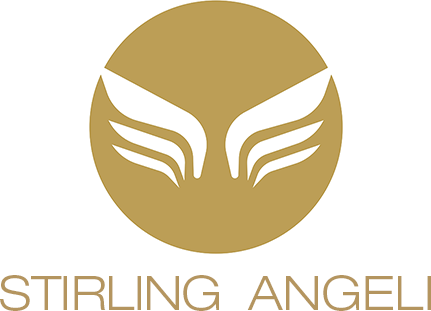Before the pandemic hit the U.S. in March 2020, news was focused on the Democratic presidential nominees and the impeachment of Donald Trump. For those of us that correlate success with the growth of our retirement plans, the annual return of the Dow Jones Industrial Average (DJIA) exceeded 20% and the S&P 500 was approaching 30%. The unemployment rate for the United States as a whole was below 4%. Outside of the political arena, the United States was outperforming the rest of the world in overall economic terms.
Then the world changed.
We spent a year in an intense and reactive state, figuring out how to weather the economic and, for many, psychological “storm” of the pandemic. Now, we are faced with managing the ‘clean up’ after the storm. Life is slowly returning to a new normal, and we’re figuring that out as we go along.
The key questions now are:
- “What did we learn” and
- “How will that make us better prepared for next time?”
There will be a next time.
Our lives changed as a result of the aftermath of the attacks of September 11th 2001. The increased security and surveillance associated with travel, the establishment of the Transportation Security Administration (TSA) and the financial impact of the War on Terror on the United States Government are examples of changes that have impacted each of us individually and in our businesses. What changes were discussed at your business as a result of 9/11, and were they implemented?
Learning that which accrues from disasters is episodic – we learn from the last one, what to do (or not do) for the next one. If the COVID-19 virus pandemic has taught us anything it’s that we need to be ready for the next big one.
Will we go back to doing what we always do – breathe a sigh of relief that it’s over, enjoy ourselves for a while, and sometime around next fall, start to worry again about the new variants viral and hope that our vaccines – or booster vaccines – will be enough for each of us?
How we live our lives and conduct business needs to change now, as a result of this virus.
In business, the existence of the virus is not in our control. How businesses operate in the aftermath of the virus is within our control. This requires a confirmation of mission, vision, planning and implementation.
Topics for consideration are:
- business continuity
- reassessment of procedures
- priorities
- outfitting and managing a remote work force
- Understanding what a “hybrid” workforce means
- maintaining some control over corporate culture
- how to serve customers in a socially-distanced society
- succession planning
- valuation of founder-operated entities
- impact of state and federal manufacturing base
- establishment of critical materials and technologies
- identification of critical skills
- and others
Identification and quantification of potential enterprise risks and their associated mitigation plans is foundational to an effective business continuity strategy and plan. An executive team’s commitment to critical decision-making at a time of crisis and ensuring mitigating actions are taken is critical to protecting the business, employees and customers.
Have you and your team set aside time to discuss what your post-pandemic operations strategy will be, moving forward? Is your strategy in place yet?
If not – Contact us and let’s talk.


